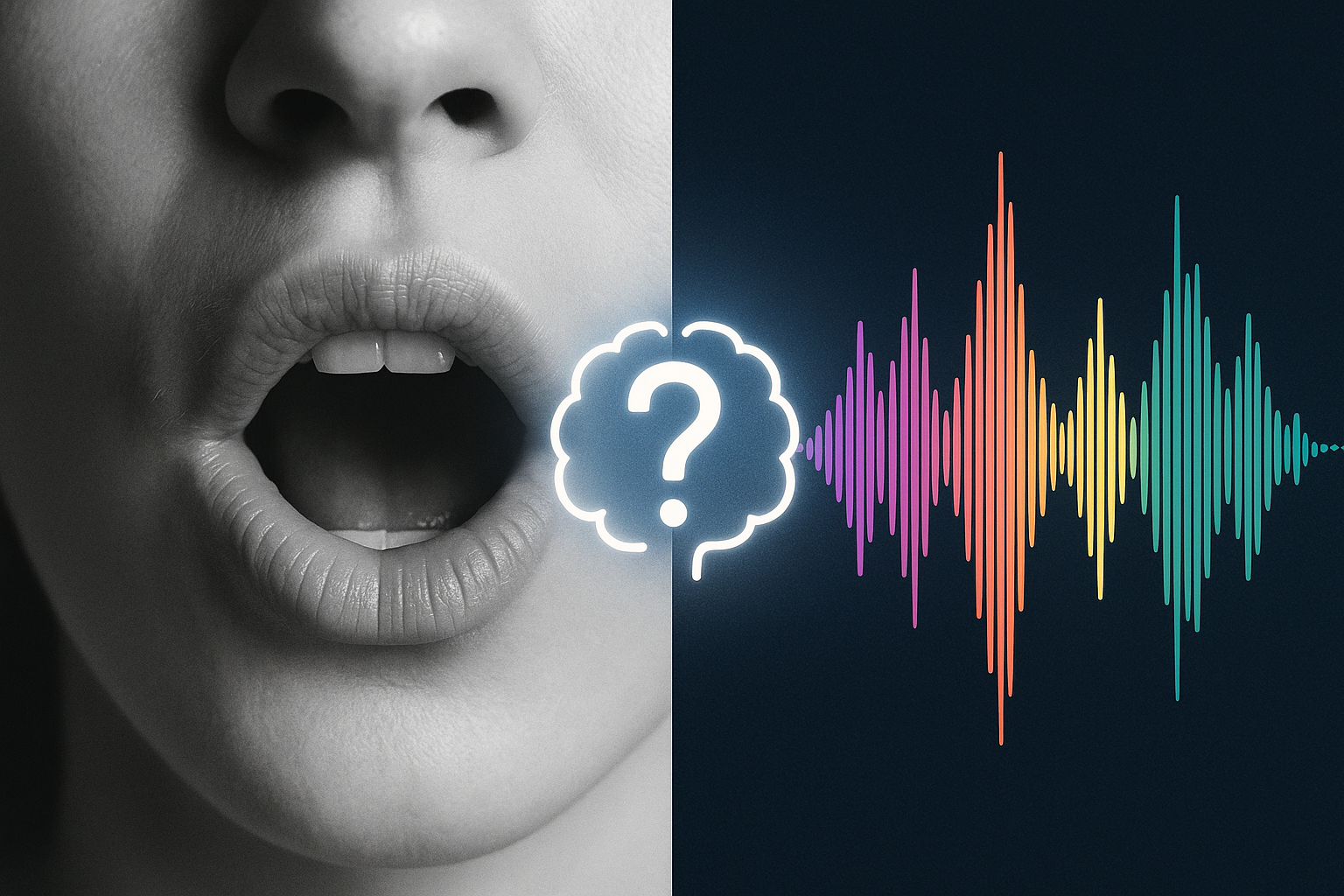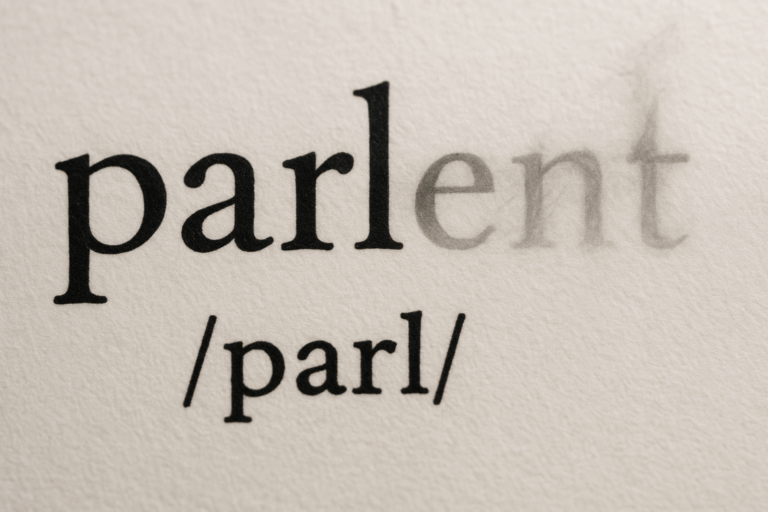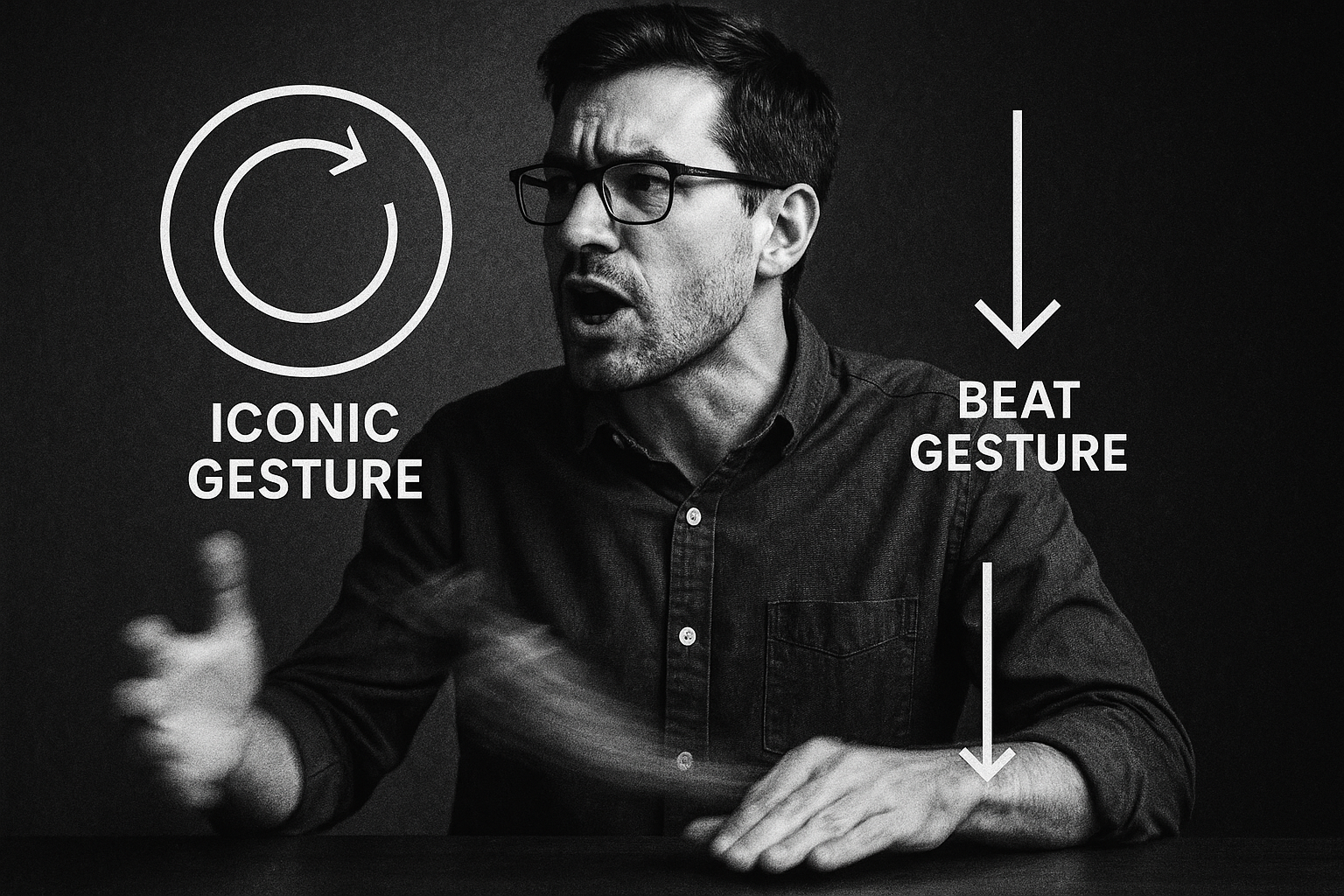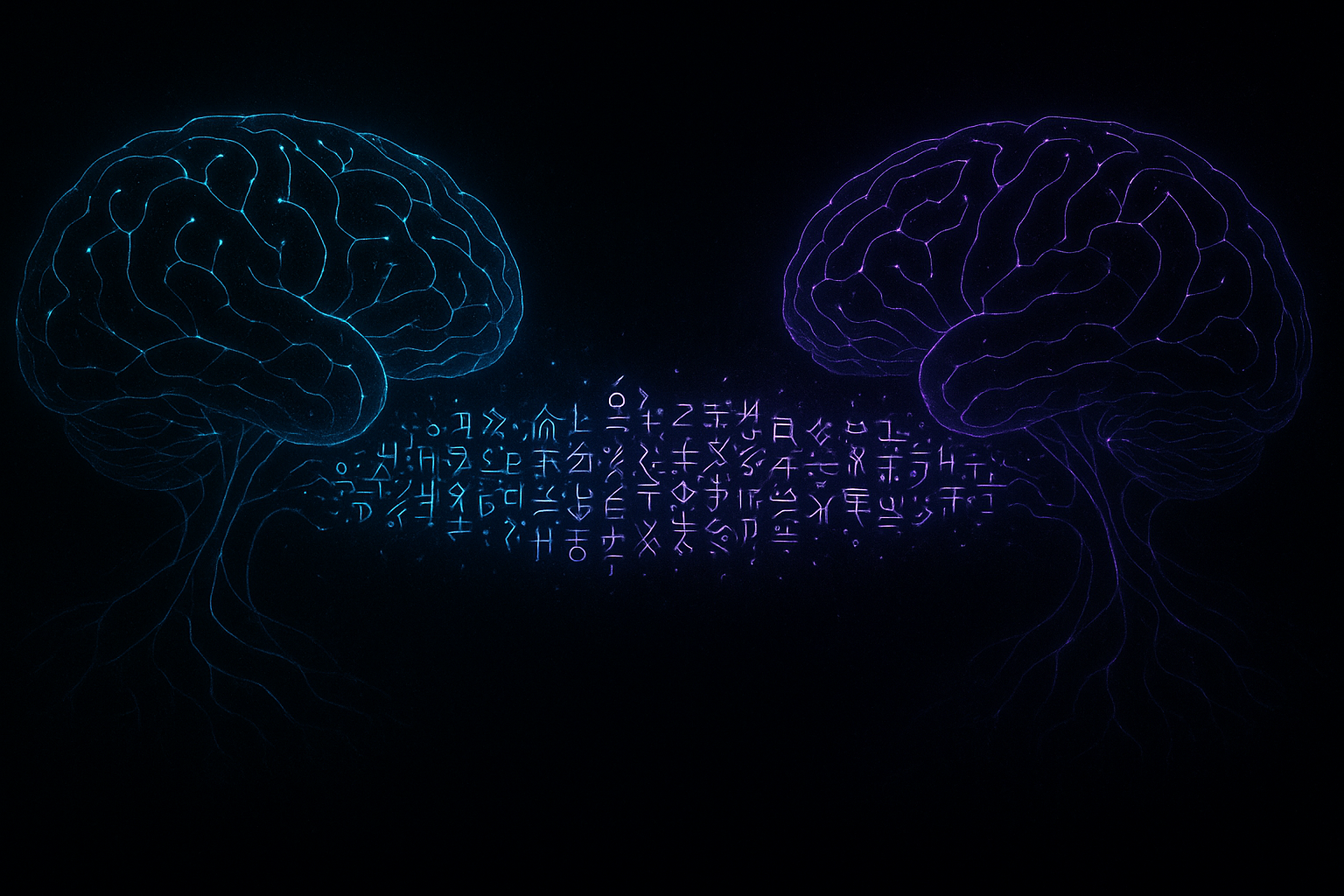What if I told you that you don’t just hear with your ears? What if your eyes played a crucial, and sometimes deceptive, role in how you perceive the spoken word? Close your eyes for a moment and imagine hearing a friend say the word “ball.” It’s a simple, distinct sound. Now, imagine watching a video of that same friend, but with the audio muted. You can see their lips press together to form the “b” sound. Simple enough. But what happens when the brain receives two different signals at once? This is where we enter the fascinating, brain-bending world of the McGurk effect.
The McGurk effect is a perceptual phenomenon that demonstrates a powerful interaction between hearing and vision in speech perception. The illusion occurs when the auditory component of one sound is paired with the visual component of another, leading us to perceive a third, entirely different sound. It’s a stunning example of how our brains don’t just passively receive information—they actively construct our reality by merging sensory inputs.
The Classic Illusion: Hearing “Da” from “Ba” and “Ga”
The effect was first described by psychologist Harry McGurk and his research assistant John MacDonald in 1976. The classic experiment, which you can easily find demonstrated on YouTube, goes like this:
- Step 1: Audio Only. You listen to an audio recording of a voice repeating the syllable “ba-ba-ba.” Unsurprisingly, you hear “ba-ba-ba.”
- Step 2: Video Only. You watch a silent video of a person mouthing the syllable “ga-ga-ga.” You see their mouth open, their tongue moving at the back of their mouth.
- Step 3: The Illusion. Now, the audio from Step 1 is played over the video from Step 2. The person is visibly mouthing “ga-ga-ga,” but the sound being played is “ba-ba-ba.” What do most people hear? A completely different syllable: “da-da-da.”
For many, the moment of realization is astonishing. If you close your eyes, you hear “ba.” If you open them again, the sound instantly transforms into “da.” You can’t not hear it. Your brain has taken the conflicting information from your ears and eyes and created a compromise, a “best guess” that reconciles the paradox.
The Brain’s Great Compromise: How Does It Work?
The McGurk effect isn’t a magic trick; it’s a window into the sophisticated process of multisensory integration. Our brains evolved to process information from all our senses simultaneously to create a coherent understanding of the world. When it comes to speech, this is especially important. Think about trying to have a conversation in a noisy restaurant. You instinctively watch the speaker’s lips to help you decipher their words. The McGurk effect is just this everyday process made extreme.
A Battle of Articulation
To understand the “ba” + “ga” = “da” illusion, we need a tiny dip into phonetics. The key is the place of articulation—where in the mouth a sound is produced.
- /b/ as in “ba”: This is a bilabial sound. You make it by bringing both of your lips together. This is very easy to see.
- /g/ as in “ga”: This is a velar sound. You make it by raising the back of your tongue to the soft palate (the velum) at the back of your mouth. The lip movement is minimal, and the key action is hidden from view.
- /d/ as in “da”: This is an alveolar sound. You make it by touching the tip of your tongue to the alveolar ridge, the bumpy area just behind your top teeth. Like /g/, this action is not clearly visible.
Now, let’s put it together. Your ears hear “ba,” a sound that requires your lips to close. But your eyes see a person making a “ga” shape, where the lips are clearly open. Your brain faces a contradiction: the audio says “lips closed,” but the video says “lips open.”
The brain’s solution? It rejects the impossible lip-closure of “ba” because the visual evidence is too strong. Instead, it searches for another sound that is acoustically similar to “ba” but is also compatible with the open-mouthed visual of “ga.” The sound “da” is the perfect candidate. It’s an articulatory compromise—its place of articulation is between the bilabial “ba” and the velar “ga,” and it doesn’t require lip closure. The brain fuses the two signals into a new, plausible perception.
The Power of Sight in a Noisy World
The McGurk effect reveals a clear hierarchy in sensory processing: when it comes to speech, vision often dominates audition. This makes perfect evolutionary sense. Visual cues are often more reliable than auditory ones, which can be distorted by distance, echoes, or ambient noise. Our brains are hardwired to trust our eyes and use visual information to clarify auditory ambiguity. The McGurk effect simply hijacks this natural, helpful mechanism.
Interestingly, the illusion is so powerful that even knowing how it works doesn’t stop it from happening. This shows that the integration process is automatic and occurs at a low level of perceptual processing, beyond our conscious control.
Beyond a Party Trick: What the McGurk Effect Reveals
This fascinating illusion is more than just a quirky glitch in our perception. It has profound implications for our understanding of linguistics, neuroscience, and even technology.
- Speech is Fundamentally Multisensory: The effect is a powerful argument against the idea that language is processed in isolated, sound-only modules in the brain. It shows that the phoneme—the basic unit of sound in a language—is not purely an acoustic entity. For the brain, it may be an abstract, multisensory event that includes visual and even motor information.
- The Brain Actively Constructs Reality: Our perception is not a direct recording of the world. The brain is a predictive, probabilistic machine that constantly makes its best guess based on incoming data and prior experience. The McGurk effect is a perfect example of this constructive process.
- Applications in Technology and Health: Understanding this cross-modal link is vital for developing better technologies. Advanced AI-powered speech recognition systems now incorporate lip-reading (visual speech) to improve accuracy in noisy environments, directly mimicking what our brains do. For people with hearing impairments, this principle informs the design of more effective hearing aids and cochlear implant therapies that can be enhanced with visual training.
- Linguistic and Cultural Variation: The strength of the effect isn’t universal. It can vary depending on the language one speaks. For example, some studies have shown that Japanese speakers are less susceptible to the classic “ba”/”ga” illusion, possibly because the Japanese language syllable structure and phonetics make them rely less on visual cues in the same way. This reminds us that even our fundamental perceptual processes are shaped by the culture and language we grow up with.
Hearing with Your Whole Brain
The McGurk effect elegantly dismantles the simple notion that we hear with our ears and see with our eyes. Instead, it reveals a deeper truth: we perceive the world with our whole brain. Speech is not a stream of sounds but a rich, multisensory tapestry woven from what we hear, what we see, and what our brain expects. So the next time you watch someone speak, remember that you’re not just listening—you’re watching, integrating, and interpreting. You are, in a very real sense, hearing with your eyes.








